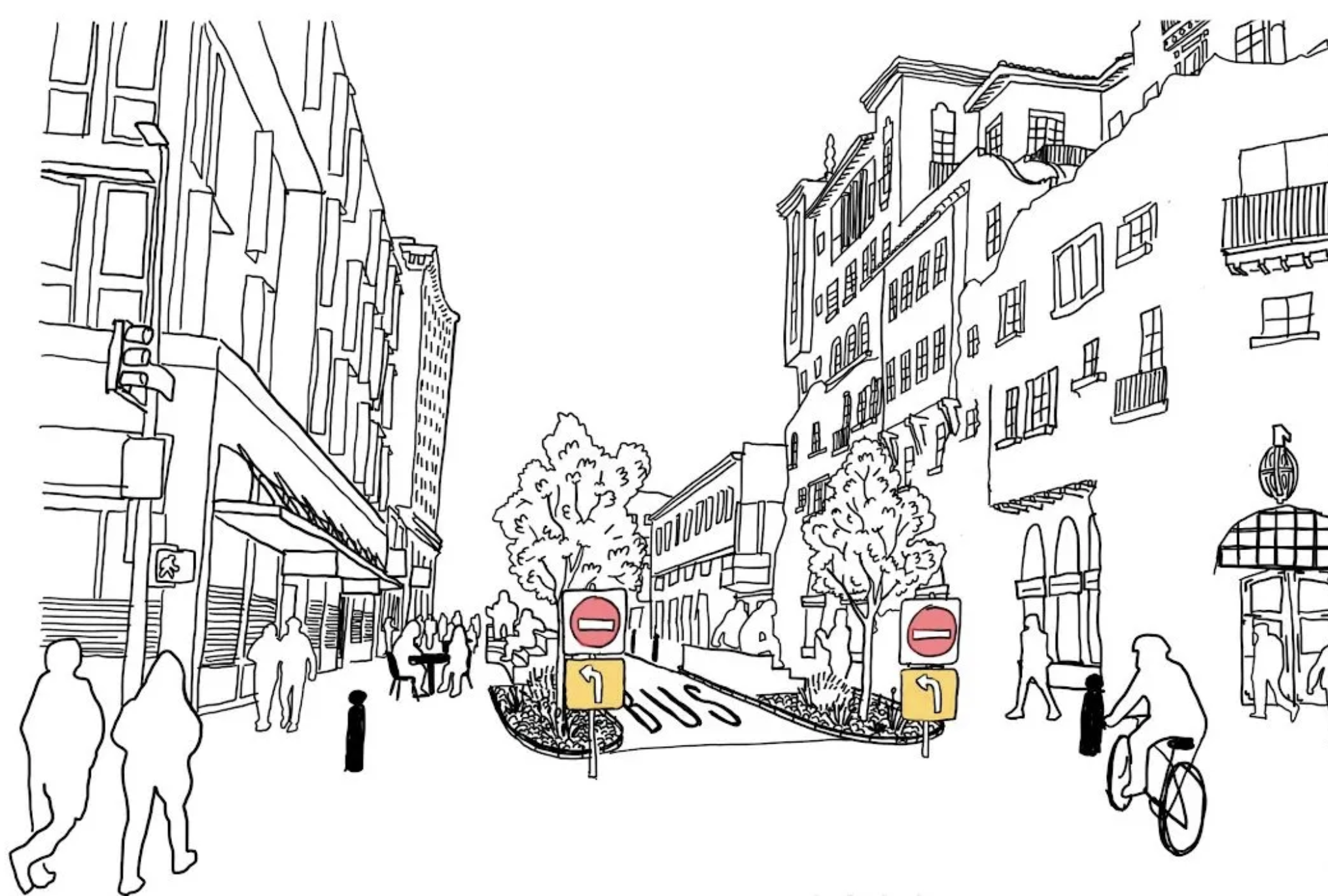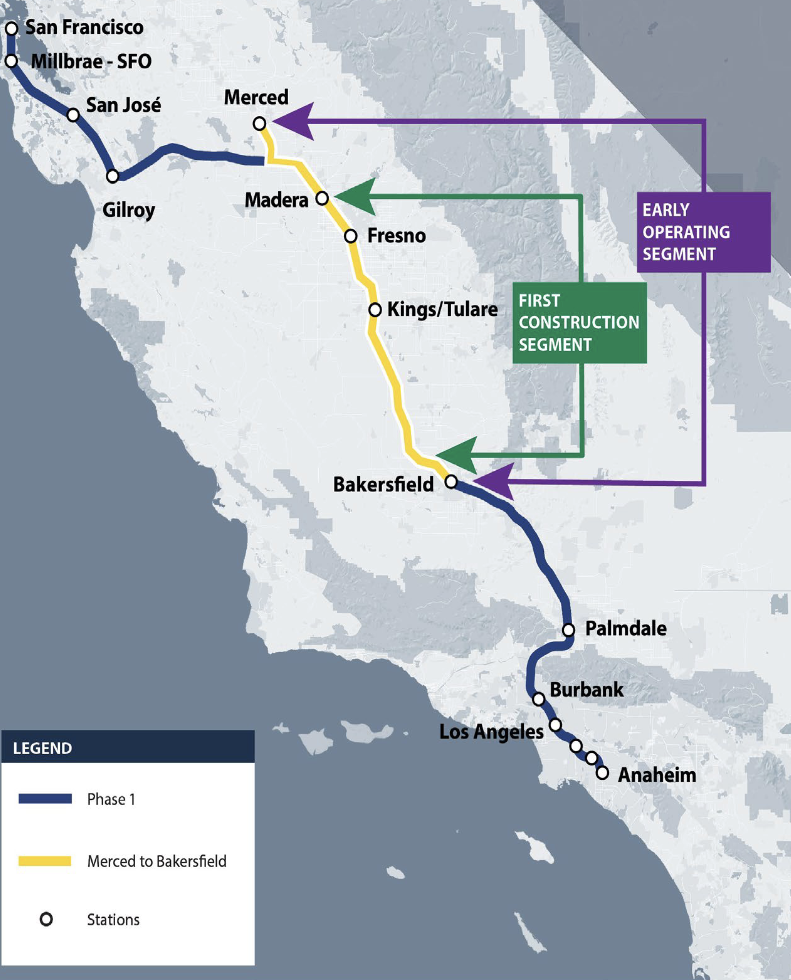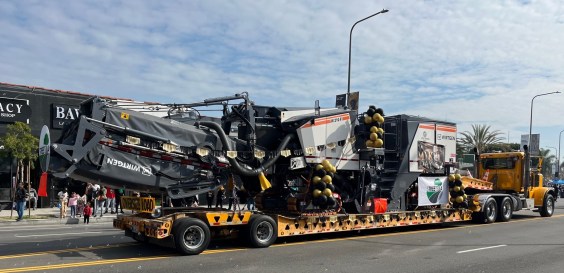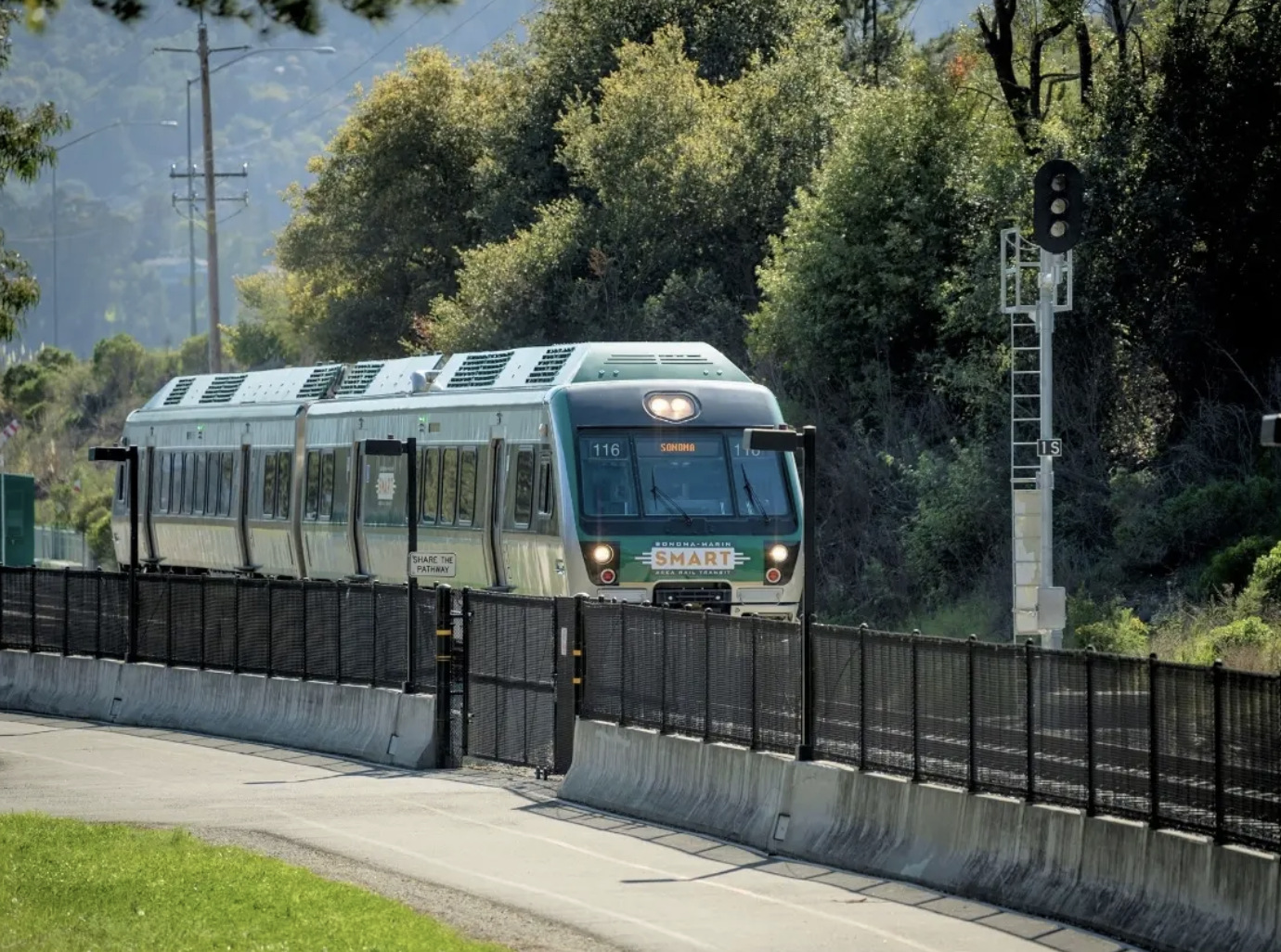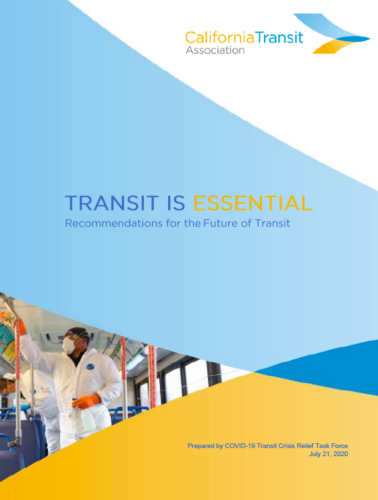
Note: GJEL Accident Attorneys regularly sponsors coverage on Streetsblog San Francisco and Streetsblog California. Unless noted in the story, GJEL Accident Attorneys is not consulted for the content or editorial direction of the sponsored content.
The California Transit Association, an advocacy and lobbying group representing transit operators, and a separate coalition of transit and climate advocates recently released recommendations for actions to keep transit from disappearing.
Falling ridership, imploding funding sources, and worries about COVID risks on crowded vehicles have combined to confront public transit with a serious existential threat. But transit provides an essential service to people that everyone else relies on. Transit Center estimates that 2.8 million essential workers nationwide need transit to get to their jobs. In California, nearly a third of regular, pre-COVID transit commuters are essential workers, and many of them have no other option for getting to work.
In other words, Transit Is Essential, as the California Transit Association titled its report [PDF]. The report from the advocacy organizations - including ClimatePlan, Releaf, TransForm, Coalition for Clean Air, CalBike, Climate Resolve, Greenlining, and others [PDF] - carries a similar message.
"Public transit and active transportation are essential components for a healthy, sustainable, and equitable community," they write.
Both are critical in California’s fight against COVID-19 and to our long-term recovery. Essential workers are holding up our economy and making sure our neighborhoods are well-resourced, connected, and safe. Many of these essential workers are low-income, transit-dependent, and don’t have the luxury of working from home. This also has huge racial equity implications: Asian-American and African-American workers commute by public transit at four times the rate of White workers, while Latino workers rely on public transit at three times the White rate.
Emergency federal assistance has been keeping many transit agencies afloat, even as they cut services and increase cleaning protocols and other measures to keep passengers and drivers safe. But more problems are coming. Tax revenues, which pay for many transit operations, are declining, and former riders, wary about safety, were slow to return even before we went back into shelter at home - where we could.
Transit agencies have begun to talk about a "fiscal cliff" that will come sooner or later and which will force them to vastly curtail services and/or shut down completely.
The pandemic and economic shutdown has affected everyone, if very unequally, and there are many areas of life that need help, including basics like food supply, housing, and mental health. And as people are staying home and avoiding public spaces, including transit spaces, there are fewer people using transit. Empty buses could lead to the mistaken notion that public transit is not necessary, or is somehow less necessary at the moment.
But if transit were to disappear, not only would transit-reliant riders - who tend to be low-income, people of color, seniors, or people with disabilities - be out of luck, but societal costs would be high in terms of increased congestion, commute times, air pollution, and greenhouse gas emissions.
Both reports offer solutions to the most urgent question keeping current riders and operators safe. Cleaning and sanitizing needs clear guidance, supplies, time, and money, for example. Proper protective equipment for both drivers and riders needs to be provided, and that also costs money. Reducing vehicle loads to allow passengers to space themselves out requires more service, not less, even as ridership drops.
The advocates recommend that the state ensure "that all transit agencies have clear guidelines for PPE, including how transit operators should protect themselves; how vehicles' surfaces should be cleaned," as well as "a COVID-19 health and safety plan per CDC. In regions with numerous transit agencies, the state should ensure these PPE guidelines are made consistent regionally by an MPO or major transit agency to ensure practices do not differ substantially and better protect riders who use multiple systems."
The CTA report makes recommendations for its operators, based on surveys of its members on what they are doing, what they plan to do, and what they think is feasible to do. Because of the nature of the CTA, it avoids dictating requirements to its members, so these are couched as "suggestions" to be followed "where feasible." This weaker wording recognizes that for some operators, financial and/or local political constraints may prevent them from following the recommendations.
For example, the CTA recommends that operators "direct riders to wear face masks" (stopping short of requiring) and install protective barriers for bus drivers ("where feasible"). Better ventilation on vehicles, and more frequent and thorough cleaning is needed.
Both reports also address the financial situation. The CTA has been advocating for more federal funds to keep services operating, and here suggest actions for operators to take on to use what they have more efficiently.
For example, they recommend restoring more frequent service, and prioritizing increased service in the highest ridership corridors. More frequent service makes transit more reliable and useful for more people; it also allows current riders more space to spread out. This is a difficult ask at a time when budgets are imploding, but it's important. "In the long-run, more frequent transit service, which routinely ranks as the top priority for existing and potential transit riders, can help transit agencies maintain and expand their transit ridership," writes the CTA.
Other recommendations include looking for ways to "smooth peak demand" by staggering work hours. There is more time to plan for this now, as it looks like schools won't be engendering their normal fall traffic patterns. But as people struggle to figure out the new work-life balance, and businesses are figuring out their own survival, staggering work hours will likely be part of their plans anyway, to keep their workers safe.
Contactless payments, dedicated bus lanes, and traffic signal prioritization for buses and trains are all ways to increase efficiency and attractiveness of transit for riders, and the time to explore these options is before traffic grows back to its pre-COVID levels.
And then there's funding: more emergency funding and finding new funding sources for transit are key.
The advocacy report calls for reprogramming state transportation funds in the immediate future to make sure that transit and active transportation remain viable modes during the pandemic. They suggest allowing state funds that are usually limited to capital projects to be allowed, temporarily, to be used for operating funds, which are always more difficult to convince legislators to provide.
This is not a new issue; transit has always had to prove itself in arbitrary ways, such as through farebox recovery, before our society has been willing to invest in it. Maybe it's time for a fundamental shift in how transportation funding works. It has always been much easier to get money for capital - equipment and infrastructure - than for operations, an ongoing cost that policy makers are reluctant to support. That has always been a problem for operators, who have had to cut service when revenues or ridership fall, and who have found it difficult to provide fast, frequent service that would attract more riders because they lack the money to do so.
Why do we think about transit as something that needs to prove its worth, that must show full buses and lots of riders, before we're willing to invest in it? It makes more sense to acknowledge that public transit benefits everyone, riders or not, and that everyone should support it, both financially as well as through policies and priorities.
Streetsblog California editor Melanie Curry has been thinking about transportation, and how to improve conditions for bicyclists, ever since commuting to school by bike long before bike lanes were a thing. She was Managing Editor at the East Bay Express, editor of Access Magazine for the University of California Transportation Center, and earned her Masters in City Planning from UC Berkeley.
Stay in touch
Sign up for our free newsletter
More from Streetsblog California
‘The Bike Is the Cure’: New Congressional Bike Caucus Chair Mike Thompson Reps Northern CA
Meet the incoming co-chair of the congressional bike caucus — and learn more about how he's getting other legislators riding.
Monday’s Headlines
Why drivers block sidewalks instead of parking in their garages; Santa Rose police easily nab distracted drivers; Cars are $$$$; EV owners are making electricity cheaper for everyone; More
CA High-Speed Rail Takes a Step Towards Acquiring Trains
The contract calls for two prototype trainsets for testing to be delivered by 2028, and four trainsets to be used on the "early operating segment" between Merced and Bakersfield, ready between 2030 and 2033.
Measure HLA Is Now Officially Law for L.A. City
Check the city maps to find what bus, bike, and walk improvements are coming to streets in your neighborhood

